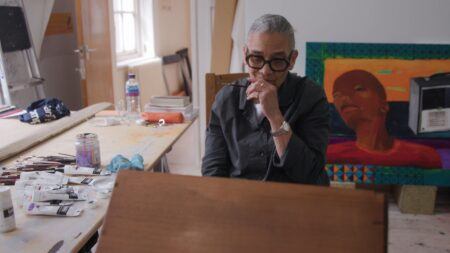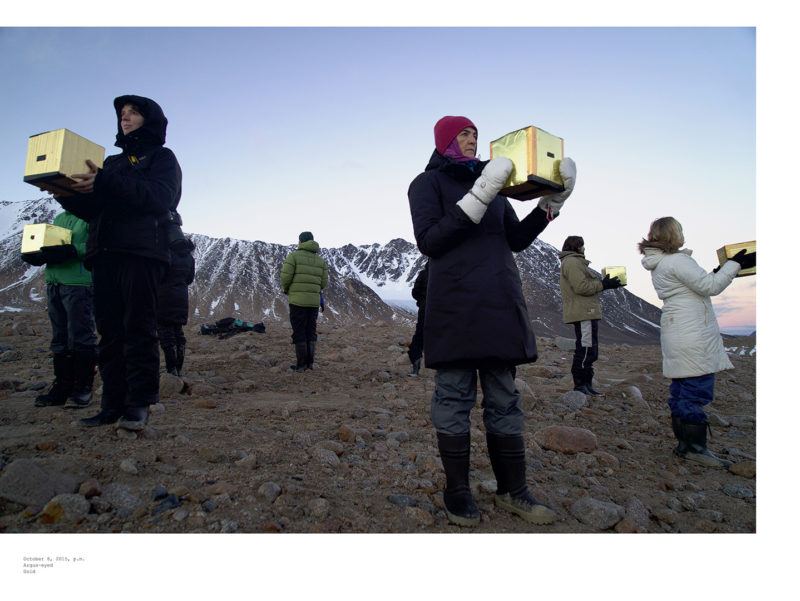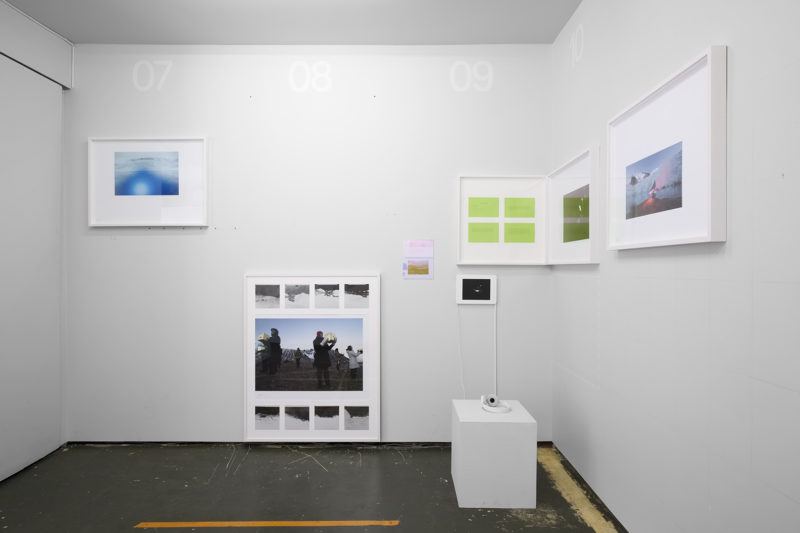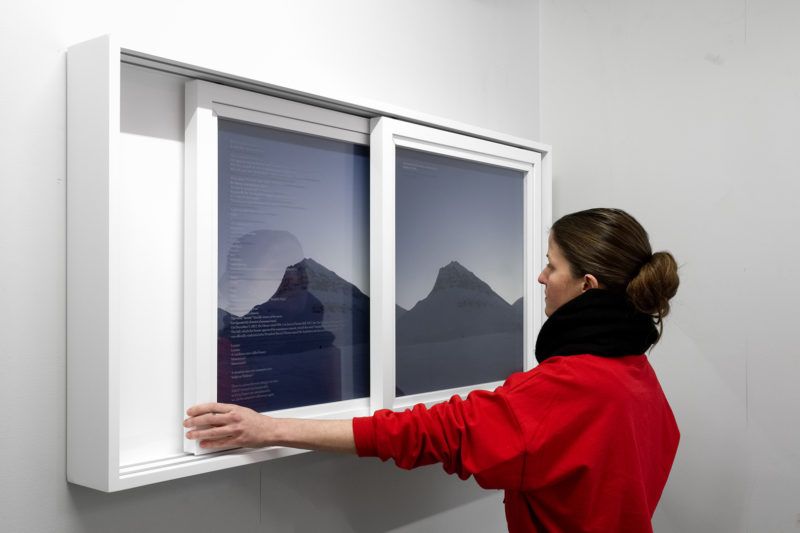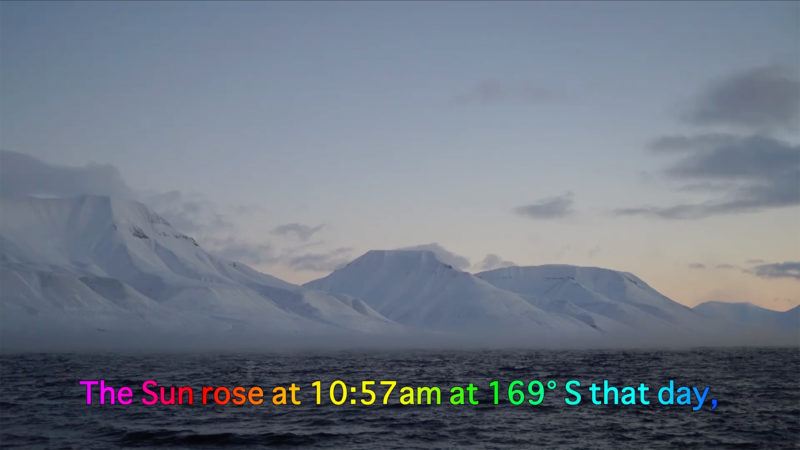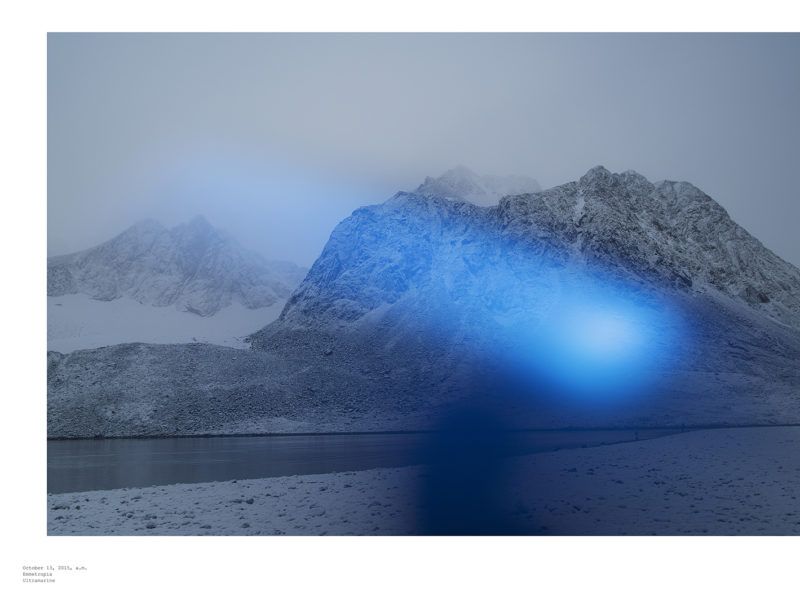Big Question
How Can a Promise Stimulate Innovation?
Wong Kit Yi investigates models for converting collectors into patrons
I’m interested in actions that have engagement and interaction with the real world, even though the basic project premise is about not fitting in the economic model that currently prevails in the art world.
I thought about contractual relationships a lot when I started renting a studio space in Manhattan’s Chinatown. I was told that many of the landlords there do not give their tenants any kind of official rental contract on paper. Nevertheless, they have maintained business relationships for decades. They believe the concept of “face” (mianzi) is worth more than a piece of paper. Going back on one’s word looks really bad to them and causes huge damage to their reputation and social currency.
I find this invisible contractual relationship, bound not by law but by honor and respect, extremely interesting. This interests me because I want to understand what a promise could mean over a long period of time. What happens if we have a contract that lasts for 99 years or 999 years?
My 2015 project North Pole Futures was about selling promises. I was going on a sea residency program called the Arctic Circle, which allowed me to travel within ten degrees off the North Pole. In order to fund this expensive residency, I offered collectors the chance to commission customized works of art in advance.
Collectors could pick three things from a pre-selected list: 1) a date, between October 7th and 18th, a.m. or p.m.; 2) a color; and 3) a weird English word. They paid for it first, without knowing what they’d get from me. At that point, they were basically buying a piece of paper contract from me.
The contract basically says: Whatever I make for you, you gotta take it. There’s no refund. And if I die there, or get eaten by a polar bear, the contract will not be valid anymore.
The price of each contract was different. The price was determined by a complex calculation that factors in weather conditions, snowfall, sun cover, moon illumination, and other random variables. If a sale is made, a small percentage (around 7.7 to 10%) of the sale would be donated anonymously by me to a nonprofit organization.
With this project and others, I’m interested in exploring alternative (and hopefully healthier) art ecosystems by turning collectors into patrons. Instead of buying an object from an artist, can a collector/patron give financial/other support to an artist’s practice that they believe in? And I like to pose a question: what is the “work” that a collector is collecting nowadays? Is it the object? The experience? The relationship? Or the email exchange?
